Aeonium arboreum dropping leaves
kwie2011
9 years ago
Related Stories
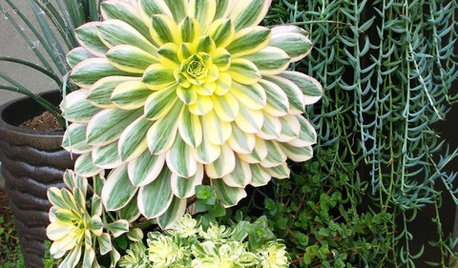
GARDENING GUIDESGreat Design Plant: Aeonium
Try these highly ornamental succulents for their lush leaves, unusual range of colors and surprising soil tolerance
Full Story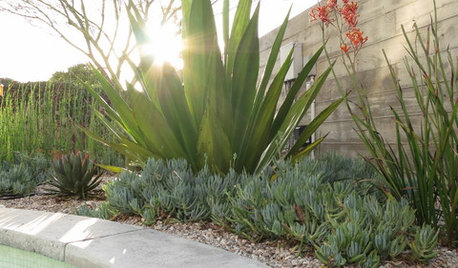
PLANTING IDEASBig Foliage for Small Spaces
Use bold, large-leaved plants to create intriguing contrast in a garden where they’re least expected
Full Story
CONTAINER GARDENS3 Steps to Creating Quick, Easy and Colorful Succulent Containers
Take a bright container, add a colorful succulent or two and have a professional, summery design in minutes
Full Story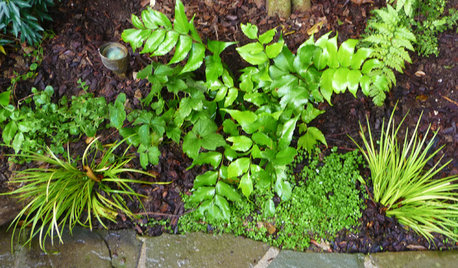
GARDENING GUIDESGreat Design Plant: Cyrtomium Falcatum ‘Rochfordianum’
Adding Japanese holly fern to your woodland garden is a great way to celebrate the holidays and create lasting memories
Full Story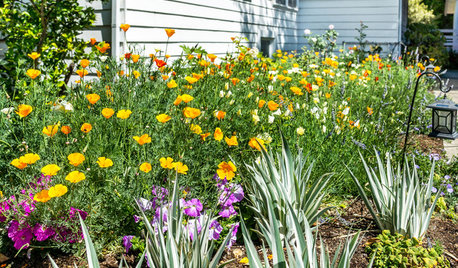
LANDSCAPE DESIGN10 Ideas for a Creative, Water-Conscious Yard
Check out these tips for a great-looking outdoor area that needs less water
Full Story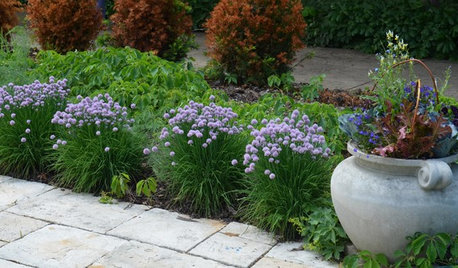
GARDENING GUIDESEdible Plants That Double as Ornamentals
Try growing these tasty plants with your ornamentals for an attractive garden and fresher meals
Full Story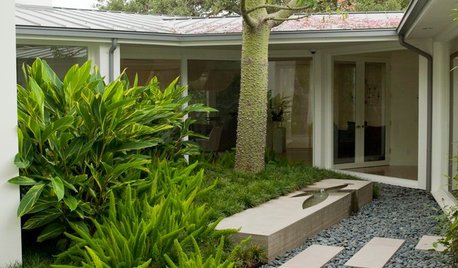
FOLIAGEGreat Design Plant: Foxtail Fern
Not actually a fern, this vivid member of the asparagus family has a distinctive appearance to awaken a garden year-round
Full Story
GARDENING AND LANDSCAPINGShow Us Your Garden Retreat
Where do you go to get away from it all and unwind in your yard?
Full Story
HOUSEPLANTS8 Houseplants You Can't Kill
They're forgiving and let you forget. Houseplants don't get any easier than this
Full Story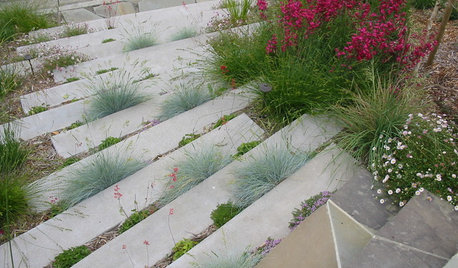
PLANTING IDEASPlant Your Hardscape for Unexpected Green
Nestle greenery among pavers, steps and more for a yard brimming with life and creativity
Full Story





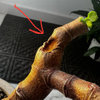
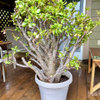
hookilau
kwie2011Original Author
Related Discussions
aeonium arboreum 'zwartkop' - To prune or not to Prune?
Q
Something wrong with my aeonium-arboreum
Q
My Aeonium Arboreums need help!
Q
Question about Aeonium arboreum 'Zwartkop' - Black Rose
Q
tapla (mid-Michigan, USDA z5b-6a)
kwie2011Original Author
cactusmcharris, interior BC Z4/5
tapla (mid-Michigan, USDA z5b-6a)
kwie2011Original Author
hookilau
tapla (mid-Michigan, USDA z5b-6a)
kwie2011Original Author
tapla (mid-Michigan, USDA z5b-6a)
kwie2011Original Author
hookilau
kwie2011Original Author
hookilau
tapla (mid-Michigan, USDA z5b-6a)
LilBit7765
tapla (mid-Michigan, USDA z5b-6a)
kwie2011Original Author
tapla (mid-Michigan, USDA z5b-6a)
LilBit7765
hookilau
kwie2011Original Author
tapla (mid-Michigan, USDA z5b-6a)
Amynoacids (z6 MI)
tapla (mid-Michigan, USDA z5b-6a)
kwie2011Original Author
tapla (mid-Michigan, USDA z5b-6a)